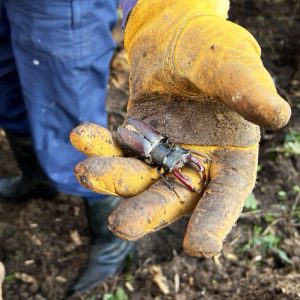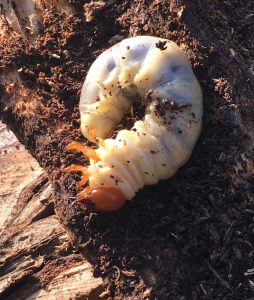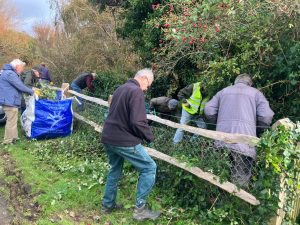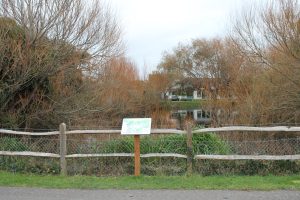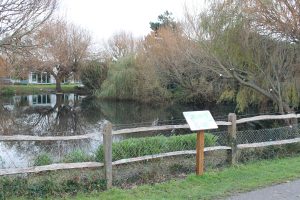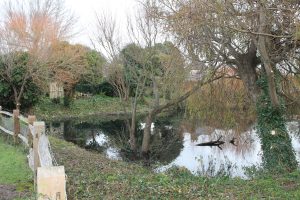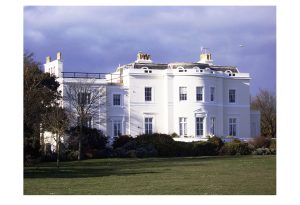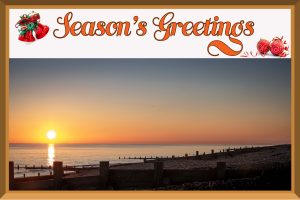In addition to the main meeting this coming Friday (26th) at Ferring Village Hall at 2.30pm on the Broadwater and Worthing Cemetery, we have the following events coming up:
1. An extra Bluebell Walk – this time in Patching Woods next Monday 29th April, meeting at the usual place in France Lane just south of the main village at 1030am. We should be seeing some early Orchids there in addition to the Bluebells. Please note there are a number of stiles to cross, and it may still be muddy in places.
2. Monthly Community Project morning – Thursday 2nd May – an hour’s work, meeting at the Sea Lane boat at the sea end of the road at 10am. The plan is to dig out and replant the boat with fresh soil etc, plus if time, some work at the Raised Shingle Beds further along Patterson’s Walk. Please bring a spade and trowel etc if you have them.
3. Annual Memorial Visit to Warnham Nature Reserve near Horsham (just off A24 and signposted) to remember our good friends Tricia and Mike Hall – Friday 10th May, meeting there at the opening time of 10am. Please note there is a small entrance fee (cards only) and a coffee shop plus facilities. Please lift share if at all possible.
4. A small impromptu repeat of the above Warnham visit to anybody who can’t make it on that date. This one will be the following week on Thursday 16th May, also meeting at 10am.
5. First Beach Clean of the year – Sunday 19th May, meeting at the east end of the Bluebird Cafe car park as usual at 11am. All equipment will be provided.
A lot going on for your interest then, and if weather might be an issue on the day, please check the website for any updates.


